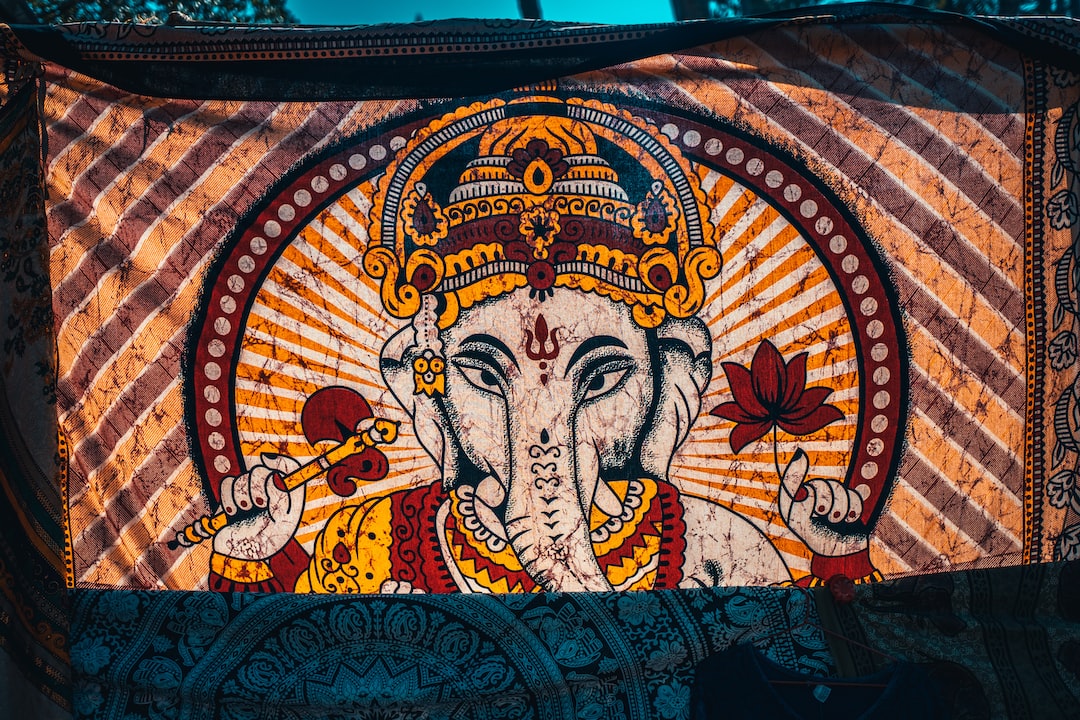African art has a unique beauty and depth that captures the imagination and tells stories of culture, traditions, spirituality, and history. It is an expression of the rich diversity and creativity of the African people, who have a long and proud tradition of artistic expression.
From the ancient cave paintings of the San people in Southern Africa to the contemporary art of modern African artists, African art encompasses a vast range of styles, mediums, and techniques. It includes sculpture, painting, pottery, weaving, beadwork, and carving, with each art form having its own distinct characteristics and meaning.
One of the most commonly recognized aspects of African art is its use of geometric shapes, patterns, and symbols. These shapes and patterns have deep cultural and spiritual significance, often representing important concepts such as fertility, protection, life, death, and the balance between opposing forces.
One of the most prominent examples of African art that uses such shapes and symbols is the Adinkra cloth of Ghana, which is adorned with ancient Asante wisdom symbols. These symbols convey universal messages that are still used today in everyday communication and social interaction.
Another aspect of African art that makes it unique is its use of color. African artists use vibrant and bold colors to bring their works to life and to convey their messages. So, whether it is the brightly colored masks of the Mende people in Sierra Leone or the vivid beadwork of the Maasai people in East Africa, the use of color is an integral part of African art.
In addition to its aesthetic beauty, African art is often used as a means of communication and education. For example, many African traditional religions use art as a way of communicating with the spirits or ancestors. Certain sculptures, masks, or other works of art may be used in specific rituals or ceremonies to invoke spiritual power or to appease the gods.
Furthermore, African art is also used to educate or pass down important cultural and historical information from one generation to another. Many artworks serve as historical records of important events, such as wars, migrations, or coronations. Others tell stories of myths, legends, and folklore.
Overall, African art is a testament to the creativity, ingenuity, and resilience of the African people. It celebrates the cultural, societal, and spiritual aspects of African life, and has a profound beauty and depth that is appreciated by people all over the world. Whether a casual observer or an expert, African art has something to offer everyone, providing a window into a world that is both richly diverse and united in its artistic expression.

